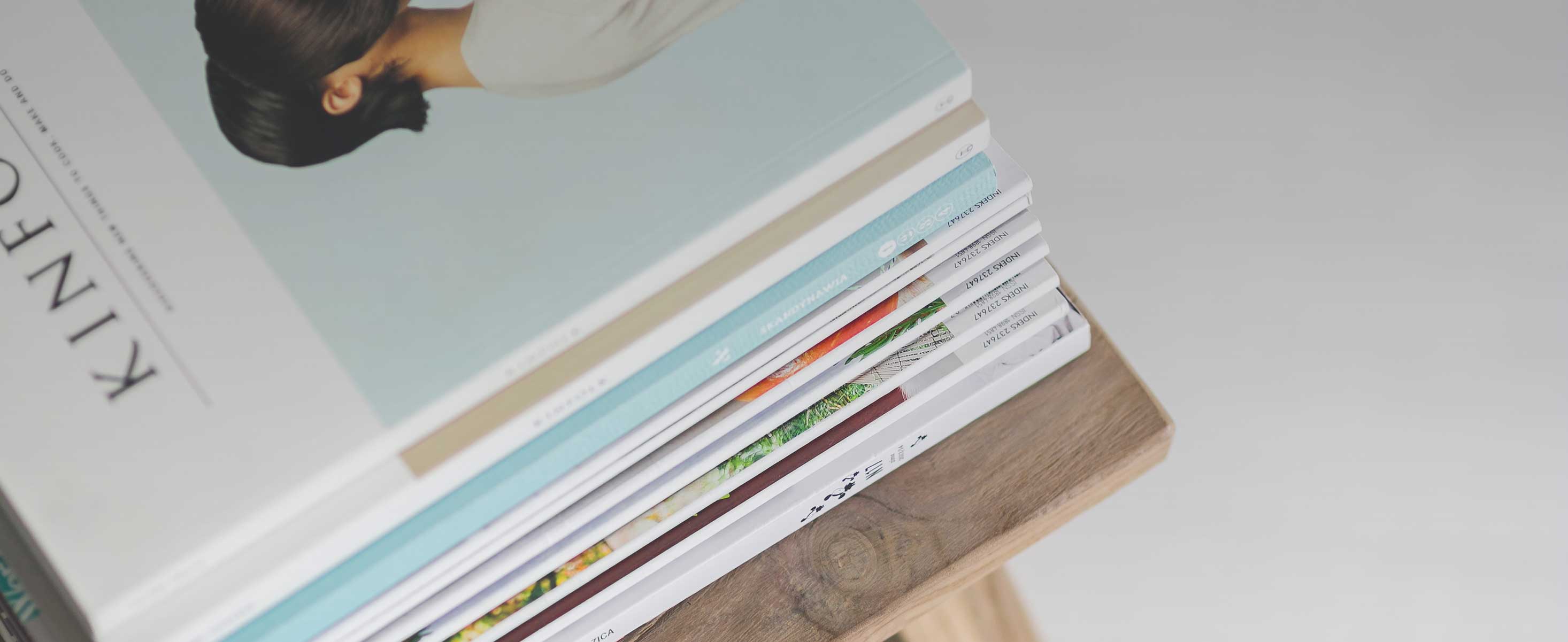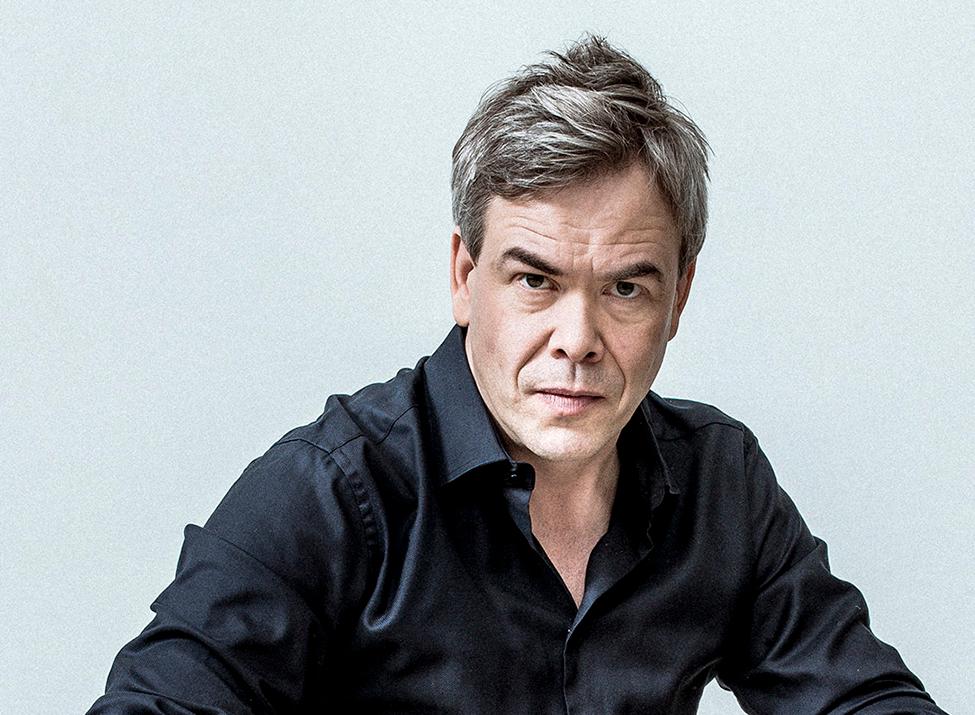
1 minute read
Schubert: Symphony No. 3 in D major
FRANZ SCHUBERT 1797–1828
SYMPHONY NO. 3 IN D MAJOR 1815
– APPROX 25 MINS –
1 ADAGIO MAESTOSO – ALLEGRO CON BRIO
2 ALLEGRETTO
3 MENUETTO & TRIO: VIVACE 4
PRESTO VIVACE
Of Schubert’s seven completed symphonies, no fewer than six were written by the time he was 20. The First, and perhaps the Second, were written for the orchestra of the Vienna Stadkonvikt, the college where he was a student from 1808. Both, however, must subsequently have also formed part of the repertoire of the small semi-professional band which from around 1814 grew out of the Schubert family’s own private string quartet rehearsals, and for which the next four symphonies were written, starting with No. 3 in the spring and early summer of 1815.
Unsurprisingly, Schubert’s early symphonies show the influence of the examples provided by other symphonies in these orchestras’ repertoires, among which those by Haydn and Mozart were especially cherished, as well as the first two symphonies of Beethoven. The Third Symphony displays its Haydnesque credentials in its structural layout, its handling of melodic material and its predominantly good humour, occasionally shaded by touches of deeper emotion. The spirit of Haydn is particularly strong in the first movement’s slow introduction, grand and proud at first but subsequently subsiding to the minor. When the main body of the movement follows, it is a mixture of Rossini-like woodwind doodles and boldly striding string figures featuring the upwardrushing scales first heard in the introduction.
Haydn’s manner – albeit with some characteristically Schubertian harmonic moves – also shapes the second movement, a gently padding Allegretto. Curiously, and despite its duple metre, this movement is nearer in character to a minuet than the actual Minuet that follows, which with its destabilising off-beat accents feels closer to a scherzo. With its wheeling momentum and rustic central Trio, this is perhaps the most authentically Schubertian (and Viennese) movement in the Symphony, though run a close second by the impetuous tarantella-style finale, a good-humoured precursor of similar but more emotionally complex examples found in the last two string quartets.
Programme note © Lindsay Kemp





